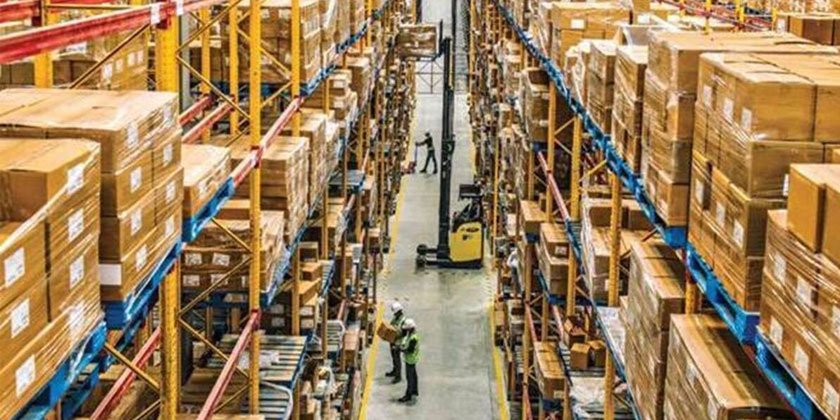India’s warehousing sector is set for a remarkable transformation, with projections indicating that demand will soar to 1.2 billion square feet by 2027. This growth is fueled by several key factors, including the rapid rise of e-commerce, urbanization, and a pressing need for efficient supply chain solutions.
The E-Commerce Boom
The explosion of e-commerce has fundamentally reshaped the warehousing landscape. With consumers increasingly expecting fast delivery times, businesses are compelled to optimize their warehousing strategies. Investments in modern facilities equipped with advanced technologies like automation and data analytics are becoming essential. These innovations not only streamline operations but also enhance accuracy and significantly reduce operational costs.
Urbanization and Localized Distribution
As urbanization continues to accelerate, the demand for localized distribution centers is more important than ever. With more people migrating to urban areas, businesses need warehouses that can quickly respond to consumer demands. Warehouses situated near major urban centers can effectively manage the influx of goods, thereby minimizing transit times and associated costs.
Sustainability Initiatives
In response to growing environmental concerns, sustainability is increasingly influencing the warehousing sector. Companies are actively seeking to reduce their carbon footprints through energy-efficient practices, sustainable materials, and optimized transportation routes. Modern warehouses are being designed with eco-friendly features such as solar panels and rainwater harvesting systems, reflecting a commitment to sustainability.
Technological Advancements
The integration of technology is a game changer for the warehousing sector. Advanced Warehouse Management Systems (WMS) enable real-time inventory tracking and improved order fulfillment. The use of artificial intelligence (AI) and machine learning for demand forecasting allows businesses to optimize stock levels and reduce excess inventory. Additionally, the Internet of Things (IoT) enhances visibility within supply chains, providing valuable insights for better decision-making.
Investment Trends and Collaborations
With increasing demand for warehousing space, investment patterns are shifting. Private equity and institutional investors are recognizing the potential of logistics and warehousing as lucrative opportunities. This influx of capital is driving the development of state-of-the-art facilities tailored to meet the evolving needs of businesses.
Logistics companies are also focusing on strategic partnerships. Collaborating with real estate developers, technology providers, and transportation companies helps create integrated solutions that enhance efficiency and improve service delivery. Such partnerships contribute to a robust supply chain ecosystem.
Government Initiatives
The Indian government is playing a crucial role in supporting the growth of the warehousing sector. Initiatives like the National Logistics Policy aim to streamline regulations, improve infrastructure, and encourage investment in logistics. By creating a favorable environment for businesses, the government is fostering a thriving warehousing ecosystem that benefits all stakeholders.
Conclusion
In summary, India’s warehousing sector is on the verge of transformative growth driven by e-commerce, urbanization, sustainability, and technological advancements. As demand reaches unprecedented levels, businesses must adapt by embracing innovative practices and solutions. With strategic investments, collaborations, and a focus on sustainability, the warehousing sector will significantly contribute to India’s economic development and the evolving needs of consumers.







